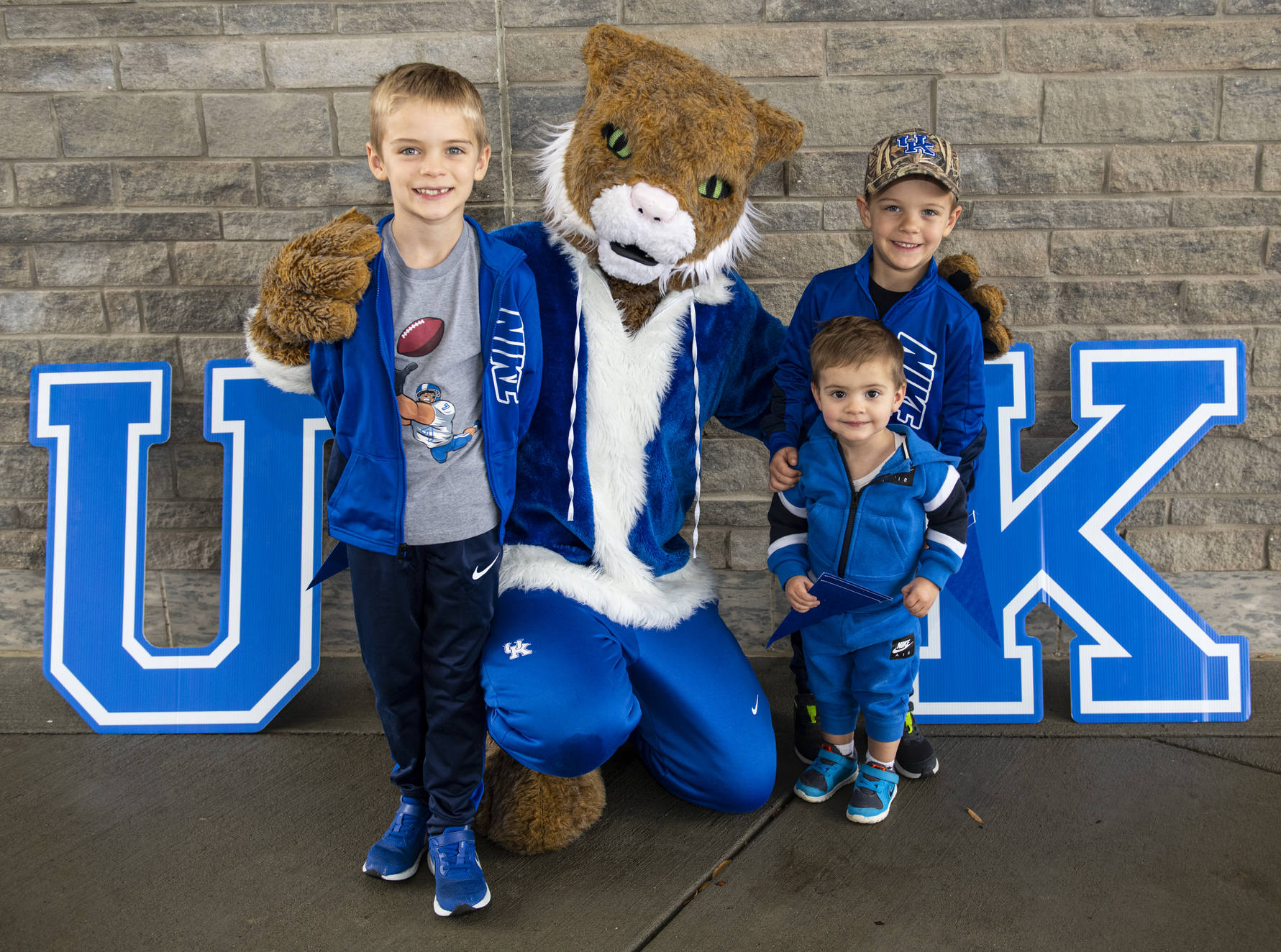Athletic training program provides valuable care to Kentucky high school athletes
Athletic trainers (ATs) are an essential part of the health and safety of high school sports, yet many high school athletes in the United States still do not have access to an AT. According to a 2019 study conducted by the Korey Stringer Institute, only 37 percent of public schools analyzed received full-time services from a licensed or certified athletic trainer. The University of Kentucky College of Health Sciences (CHS) has a long history of placing athletic trainers within public schools to ensure student athletes receive the best care possible.
According to Robert Ullery, MS, LAT, ATC, director of outreach and athletic training services with UK Sports Medicine, our athletic training program has placed ATs in Fayette County high schools for 23 years. “I approached the College of Health Sciences to see if UK Sports Medicine could hire ATs to send specifically to high schools and middle schools,” Ullery said. “Through our partnership, the number of athletic trainers sent to these schools has grown substantially over the years.”

“The need to have someone on the sidelines to evaluate injuries or provide emergency care is really important for the student athlete and their family,” said Johanna Hoch, PhD, ATC, program director of the CHS professional master’s in athletic training. “High school athletic trainers can diagnose problems and possibly save a student and their family an expensive trip to the emergency room. Additionally, athletic trainers provide rehabilitative care for student athletes which can decrease the number of school days missed for injured students.”
Hoch also explained how the interprofessional nature of athletic trainers is of great benefit for young athletes. “Athletic trainers collaborate with physicians, and we are trained to understand the roles of multiple health care providers,” she said. “This relationship means that when athletic trainers are unable to treat a patient, they can easily refer the patient to another practitioner better suited to deliver the care they need.”
While the merits for having an AT on staff are many, some high schools are still reluctant to hire them. Major reasons are because of lack of funding or awareness. “Funding is a big issue; budgets are really tight. Some high schools are in very rural areas, and it can be hard to recruit someone,” Hoch said. “Awareness is growing and the profession is greatly improving our media and advocacy efforts. I believe over time we will see these issues decrease.”
The CHS athletic training department both prepares future athletic trainers and prioritizes the care of high school athletes by placing students in schools around the Lexington area. “At the professional level, our students will have quite a lot of clinical experience with high school athletes,” Hoch said. “So, academically and through our clinical education, we ensure our students have exposure to the high school aged population and understand how to communicate with high school students.”
Alexandra Schanck, a current AT student and outreach graduate assistant athletic trainer, said, “Providing valuable sports medicine services to high school and middle school students has ignited my passion to stay in this setting. This experience will hopefully inspire other athletic trainers to pursue a career in a high school and show high schools how important it is to have athletic trainers available for their student athletes.”